Your cart is currently empty!

ISO 18324:2016
ISO 18324:2016 Timber structures – Test methods – Floor vibration performance
CDN $173.00
Description
ISO 18324:2016 specifies test procedures to measure natural frequencies, modal damping ratios and static deflection under a concentrated load of laboratory or field timber floors. These parameters have been found to correlate well with human perception to timber floor vibration response caused by human-induced excitation under normal use. It is intended that the test procedures can be applied in lieu of calculation to quantify some or all of the above parameters that are used to evaluate the vibrational serviceability of the test floor. The subsequent use of the measured parameters to evaluate vibrational serviceability is, however, outside the scope of this International Standard.
ISO published a series of International Standards on the application of modal testing and analysis to determine natural frequencies, modal damping ratios, and other dynamic properties of a structure. For the measurement of dynamic parameters such as natural frequencies and modal damping ratios, modal testing is proposed in this International Standard. It is assumed that the test operators possess the required equipment and fundamental knowledge to perform such a test. The theory of modal testing and analysis has been well documented in Reference [4].
Edition
1
Published Date
2016-04-01
Status
PUBLISHED
Pages
13
Format 
Secure PDF
Secure – PDF details
- Save your file locally or view it via a web viewer
- Viewing permissions are restricted exclusively to the purchaser
- Device limits - 3
- Printing – Enabled only to print (1) copy
See more about our Environmental Commitment
Abstract
ISO 18324:2016 specifies test procedures to measure natural frequencies, modal damping ratios and static deflection under a concentrated load of laboratory or field timber floors. These parameters have been found to correlate well with human perception to timber floor vibration response caused by human-induced excitation under normal use. It is intended that the test procedures can be applied in lieu of calculation to quantify some or all of the above parameters that are used to evaluate the vibrational serviceability of the test floor. The subsequent use of the measured parameters to evaluate vibrational serviceability is, however, outside the scope of this International Standard.
ISO published a series of International Standards on the application of modal testing and analysis to determine natural frequencies, modal damping ratios, and other dynamic properties of a structure. For the measurement of dynamic parameters such as natural frequencies and modal damping ratios, modal testing is proposed in this International Standard. It is assumed that the test operators possess the required equipment and fundamental knowledge to perform such a test. The theory of modal testing and analysis has been well documented in Reference [4].
Previous Editions
Can’t find what you are looking for?
Please contact us at:
Related Documents
-

ISO 2382:2015 Information technology – Vocabulary
CDN $0.00 Add to cart -

ISO 8927:1991 Earth-moving machinery – Machine availability – Vocabulary
CDN $233.00 Add to cart -

ISO 10110:2019 Optics and photonics – Preparation of drawings for optical elements and systems – Part 1: General
CDN $312.00 Add to cart -

ISO 16520:2025 Tourism and related services – Restaurants and catering – Vocabulary
CDN $173.00 Add to cart







